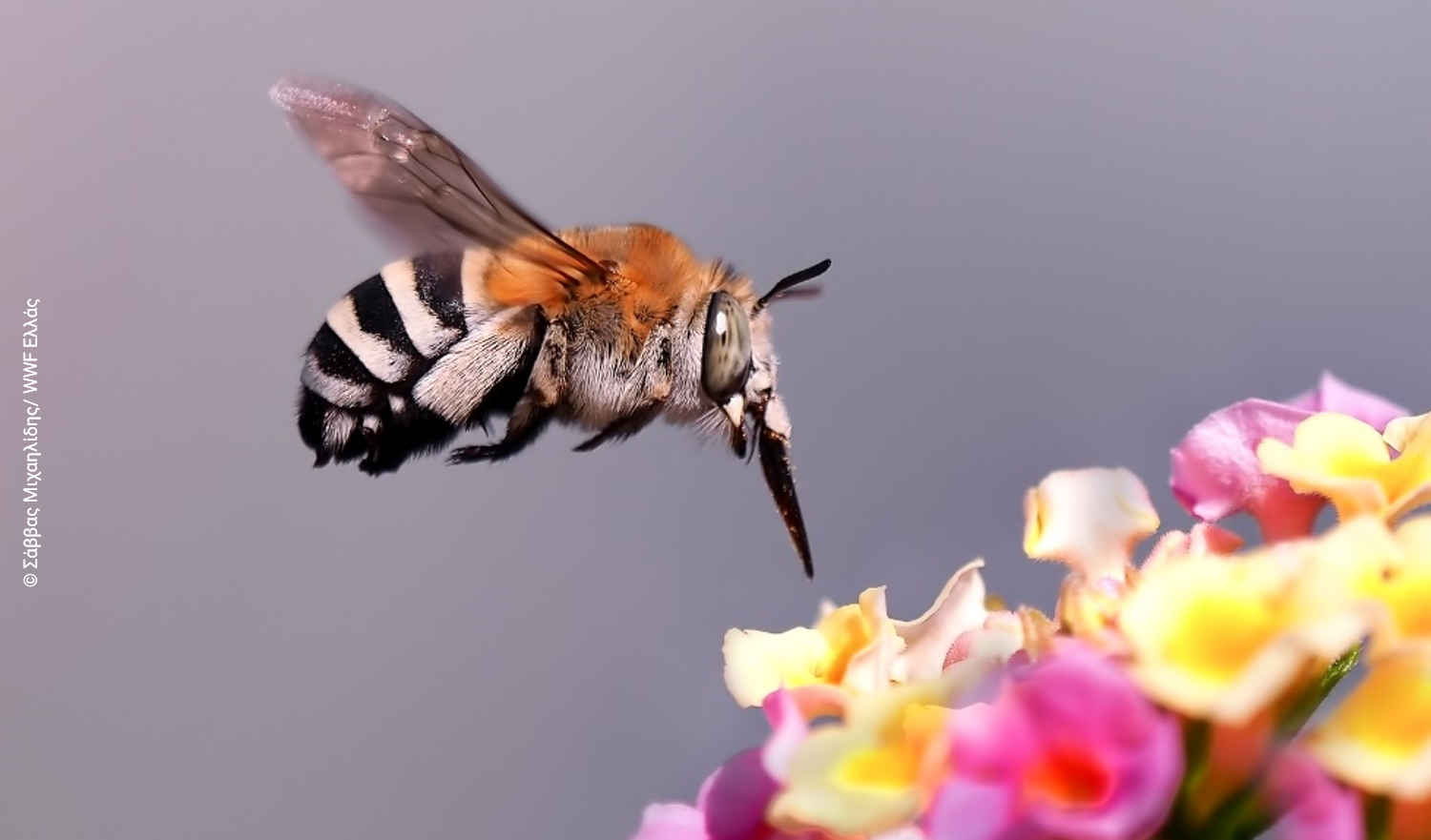
Biodiversity: MEPs demand binding targets to protect wildlife and people
On Tuesday, the European Parliament adopted the Resolution on “EU Biodiversity Strategy for 2030: Bringing nature back into our lives” with 515 votes to 90 and 86 abstentions. The resolution addresses the current biodiversity crisis in Europe and the rest of the world.
As nature is declining globally at an unprecedented rate, with one million -out of an estimated eight million- species threatened by extinction (IPBES), MEPs welcome the ambition of the EU Biodiversity Strategy to ensure that, by 2050, the world’s ecosystems are restored, become resilient, and are adequately protected. To back up this ambition, they call for an EU Biodiversity Law similar to the EU Climate Law.
The MEPs express their strong dissatisfaction with the fact that the EU has not achieved its 2020 biodiversity objectives and say the new strategy must adequately tackle all five main drivers of change: changes in land and sea uses; the direct exploitation of organisms; climate change; pollution; and invasive alien species. They insist that a sum of 20 billion EUR per year must be mobilised for biodiversity action in Europe.
MEPs also request a “Paris agreement” for biodiversity at the upcoming UN conference in October 2021 that will set global biodiversity priorities to 2030 and beyond.
30% of EU land and sea must be protected areas
While the EU already has the world’s largest network of protected areas, MEPs believe an EU Nature Restoration Plan is necessary. They repeat their call that at least 30% of the EU’s land and sea be protected by 2030 and at least a third of these areas, including all remaining EU primary and old-growth forests, should be given even stricter protection. National targets should take into account differences in geographical size and share of natural areas.
Protection of wildlife
MEPs say that there must be no deterioration in conservation trends and the ‘favourable conservation status’ of all protected species and habitats by 2030. Additionally, at least 30% of species and habitats that do not currently have a favourable status should achieve it, or show a strong positive trend in that direction. According to MEPs, the EU must lead efforts to end the commercial trade in endangered species and their parts.
Biodiversity in urban areas
The European Parliament supports the creation of a European Platform for Urban Greening alongside binding targets on urban biodiversity, such as a minimum share of green roofs on new buildings and prohibiting the use of chemical pesticides.
Bees and other pollinators
MEPs oppose the reauthorisation of glyphosate after 31 December 2022. They repeat their call for the EU Pollinators Initiative to be urgently revised, in order to include an ambitious EU-wide pollinator-monitoring framework with clear objectives and indicators to stop the pollinators population decline, as they are crucial for the environment and food security. They stress that, to reduce the use of pesticides, farmers need environmentally safe crop protection solutions.
The rapporteur César Luena (S&D, ES) said: “Today we are asking for an EU Biodiversity Law similar to the EU Climate Law, which would set the governance framework until 2050 to protect biodiversity, including binding targets for 2030. I am satisfied we have endorsed the main targets of the Commission’s proposal and supported the creation of an EU nature restoration plan to restore at least 30% of the EU’s land and sea. There is also widespread support for a law to protect and use soil sustainably, and a plan to jointly address the climate and biodiversity crises.”
